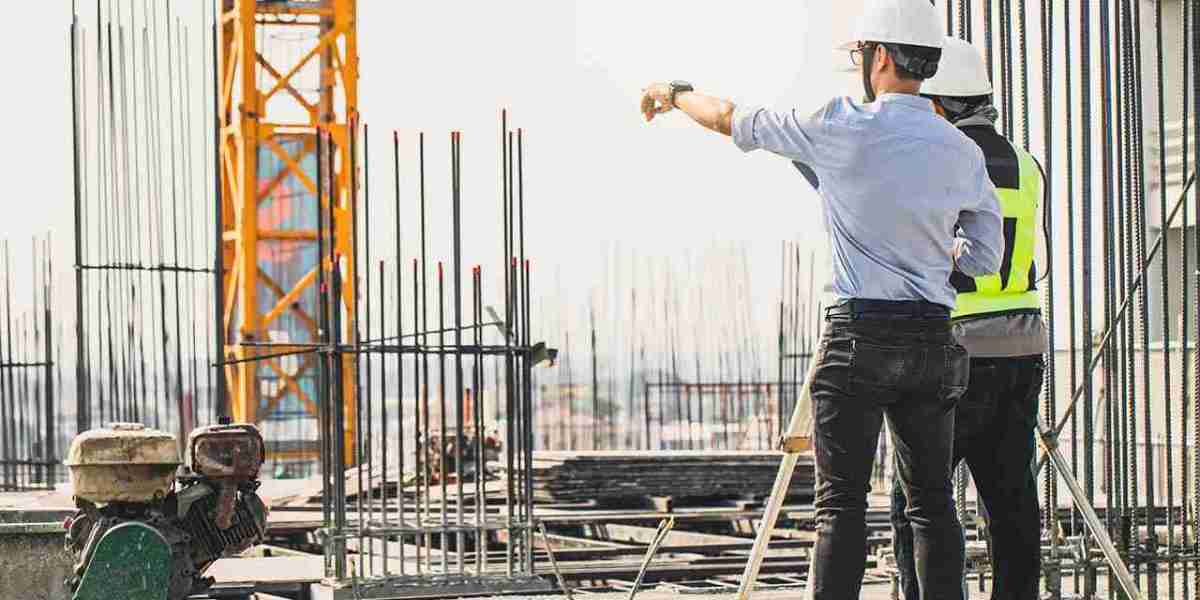Singapore is globally recognised for its forward-thinking urban planning and commitment to sustainability. As the city-state continues to evolve, civil engineering in Singapore plays a crucial role in shaping an environmentally friendly and resilient urban landscape. From energy-efficient buildings to sustainable transport infrastructure, green construction is at the heart of Singapore’s vision for a sustainable future.
The Role of Civil Engineering in Green Construction
Civil engineering is essential in designing, constructing, and maintaining eco-friendly infrastructure. By incorporating sustainable materials, energy-efficient designs, and smart technology, civil engineers ensure that buildings and public spaces minimise environmental impact while maximising efficiency.
Key Green Construction Initiatives in Singapore
1. Green Building Certification & Standards
Singapore’s Building and Construction Authority (BCA) introduced the Green Mark Certification Scheme, which sets sustainability benchmarks for buildings. Civil engineers are at the forefront of designing structures that meet or exceed these standards, ensuring lower carbon footprints, energy savings, and improved indoor environmental quality.
2. Sustainable Materials & Construction Methods
The shift towards using recycled concrete, engineered wood, and energy-efficient glass is transforming construction projects. Civil engineers are also adopting prefabrication and modular construction techniques, which reduce material waste and improve on-site efficiency.
3. Energy-Efficient Infrastructure
Singapore is embracing smart buildings equipped with AI-driven energy management systems. Civil engineers integrate features such as solar panels, green roofs, and rainwater harvesting systems into their designs, reducing reliance on non-renewable energy sources.
4. Eco-Friendly Transport & Urban Mobility
Green civil engineering extends beyond buildings to include sustainable transport solutions. The government’s focus on a car-lite society has led to civil engineers designing extensive cycling networks, pedestrian-friendly walkways, and expanding the Mass Rapid Transit (MRT) system to reduce carbon emissions from road traffic.
5. Climate-Resilient Infrastructure
Singapore’s geographic location makes it vulnerable to rising sea levels and extreme weather. Civil engineers are implementing coastal protection measures, flood-resistant drainage systems, and elevated roadways to mitigate these environmental risks. The Stamford Detention Tank and Marina Barrage are prime examples of innovative flood management solutions.
Challenges in Green Construction
Despite the advancements, civil engineering in Singapore faces challenges such as high costs of sustainable materials, space constraints, and the need for skilled labour in green technologies. However, continuous innovation and government incentives encourage the adoption of sustainable practices.
The Future of Green Civil Engineering in Singapore
With Singapore’s Green Plan 2030 and net-zero emissions targets, green construction will continue to evolve. Future advancements may include zero-carbon buildings, smart energy grids, and AI-driven sustainable urban planning.
Final Thoughts
Civil engineering in Singapore is a driving force behind sustainable urban development. Through green construction initiatives, innovative materials, and smart infrastructure, civil engineers are shaping a future where the built environment harmonises with nature. As Singapore continues to lead in sustainability, civil engineering will remain instrumental in achieving its eco-friendly vision.
Looking for sustainable civil engineering solutions? Partner with experts who specialise in green construction today!




